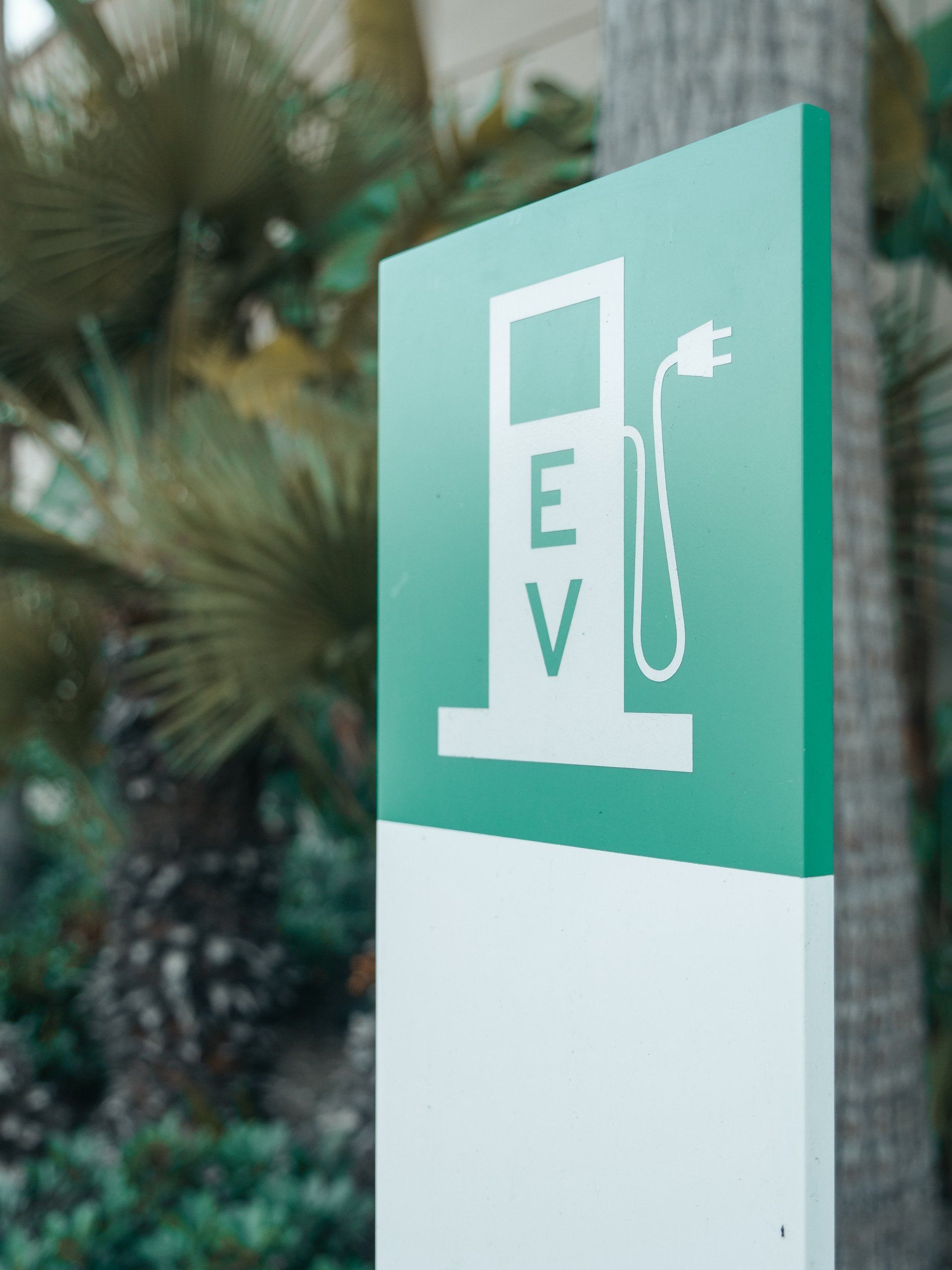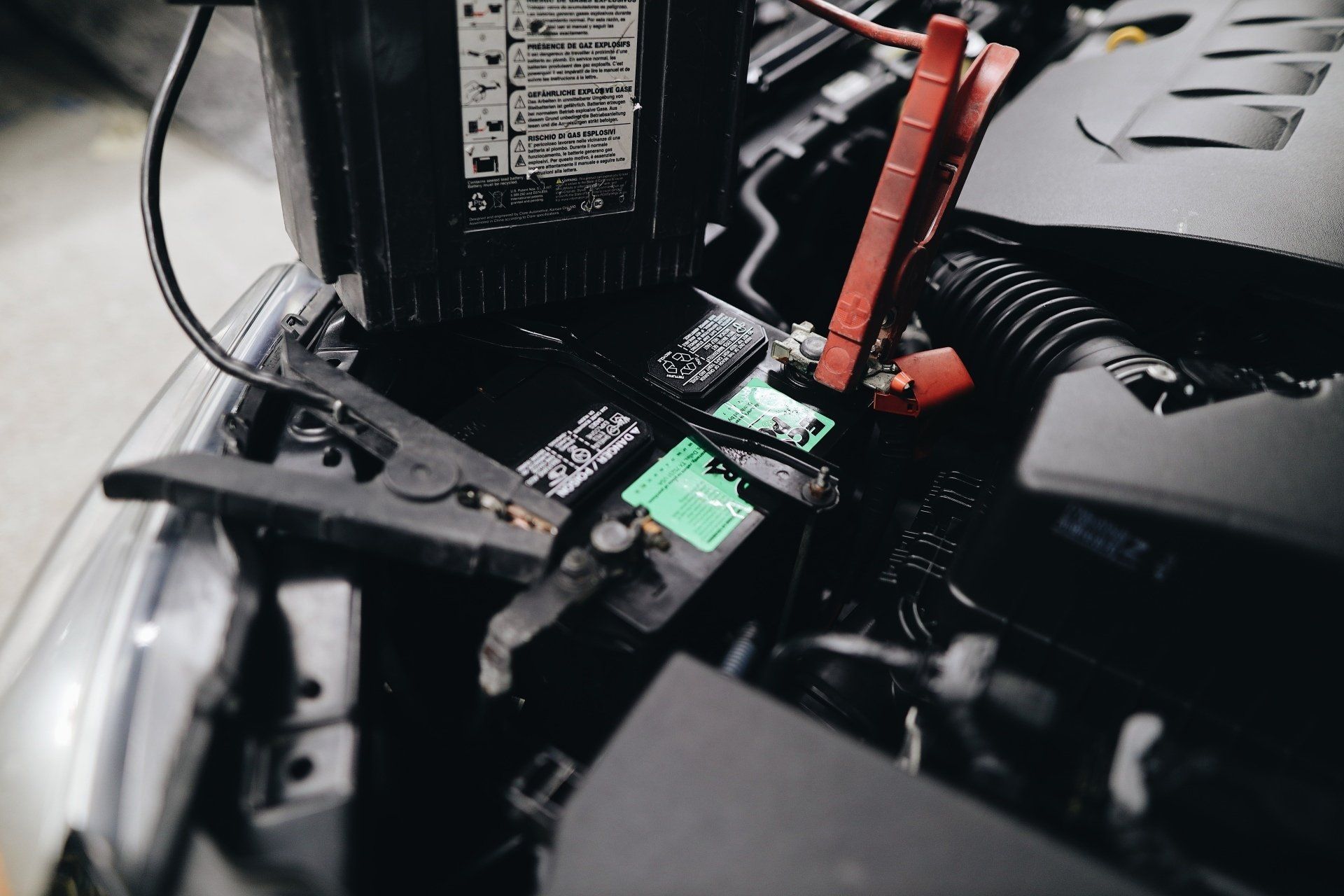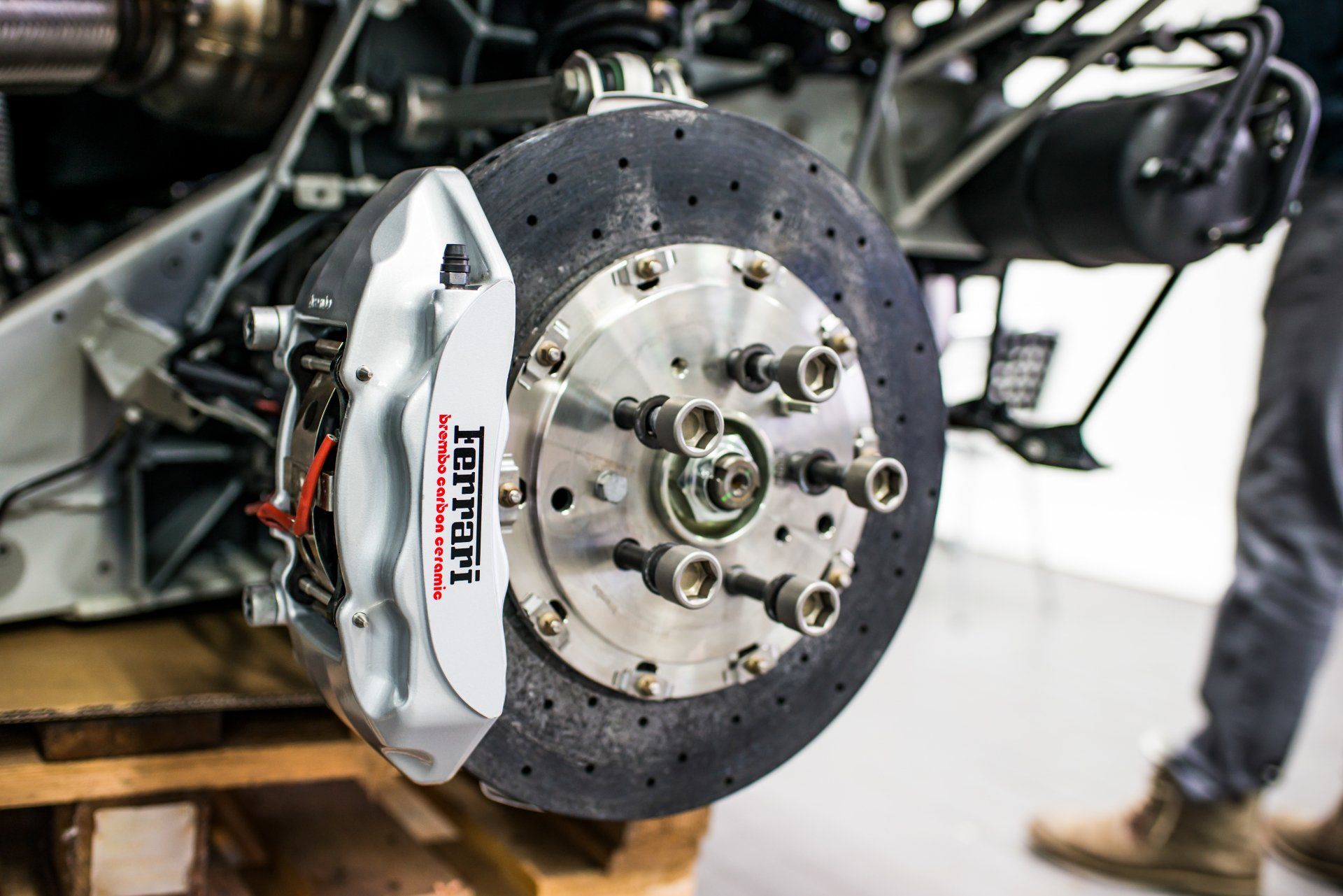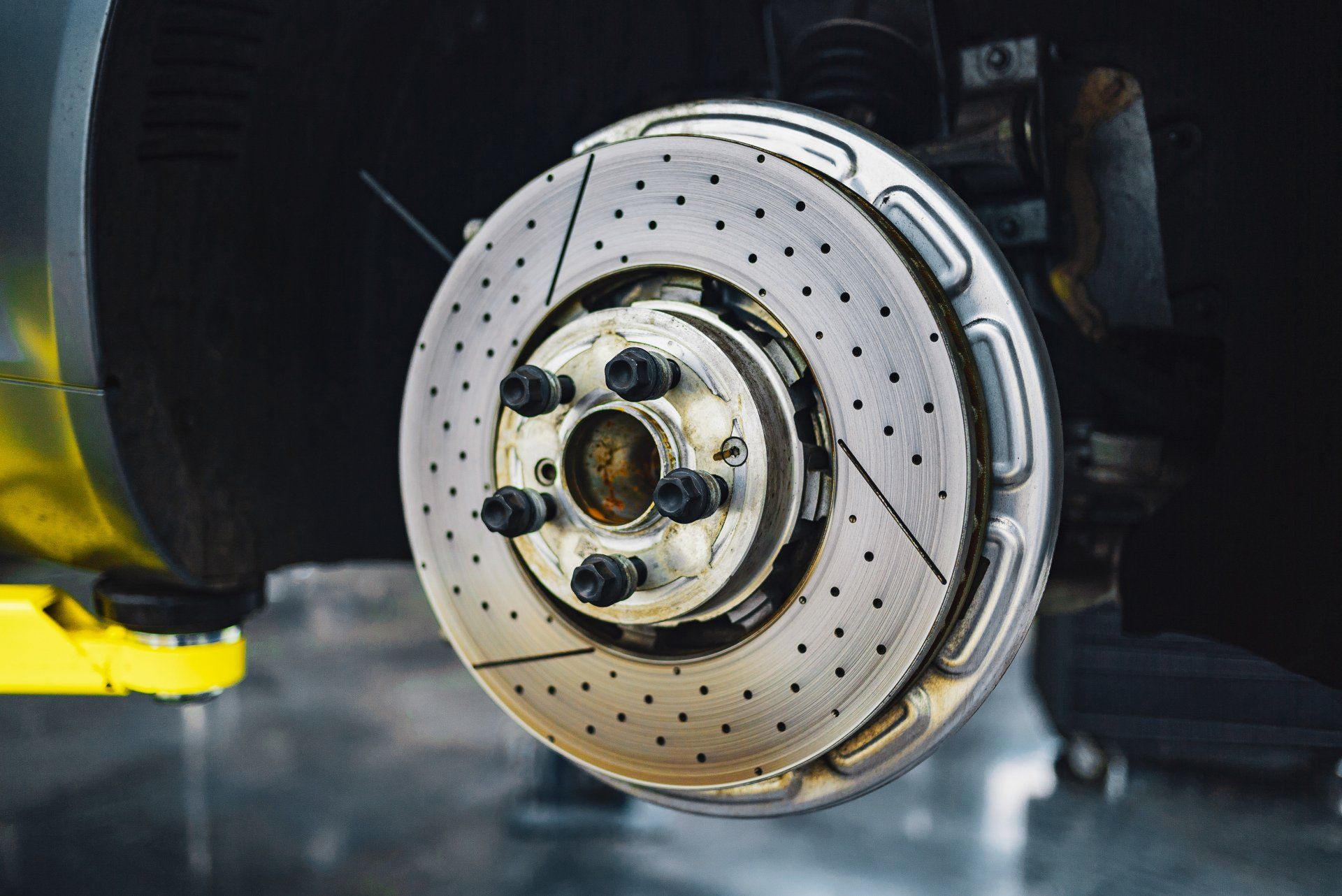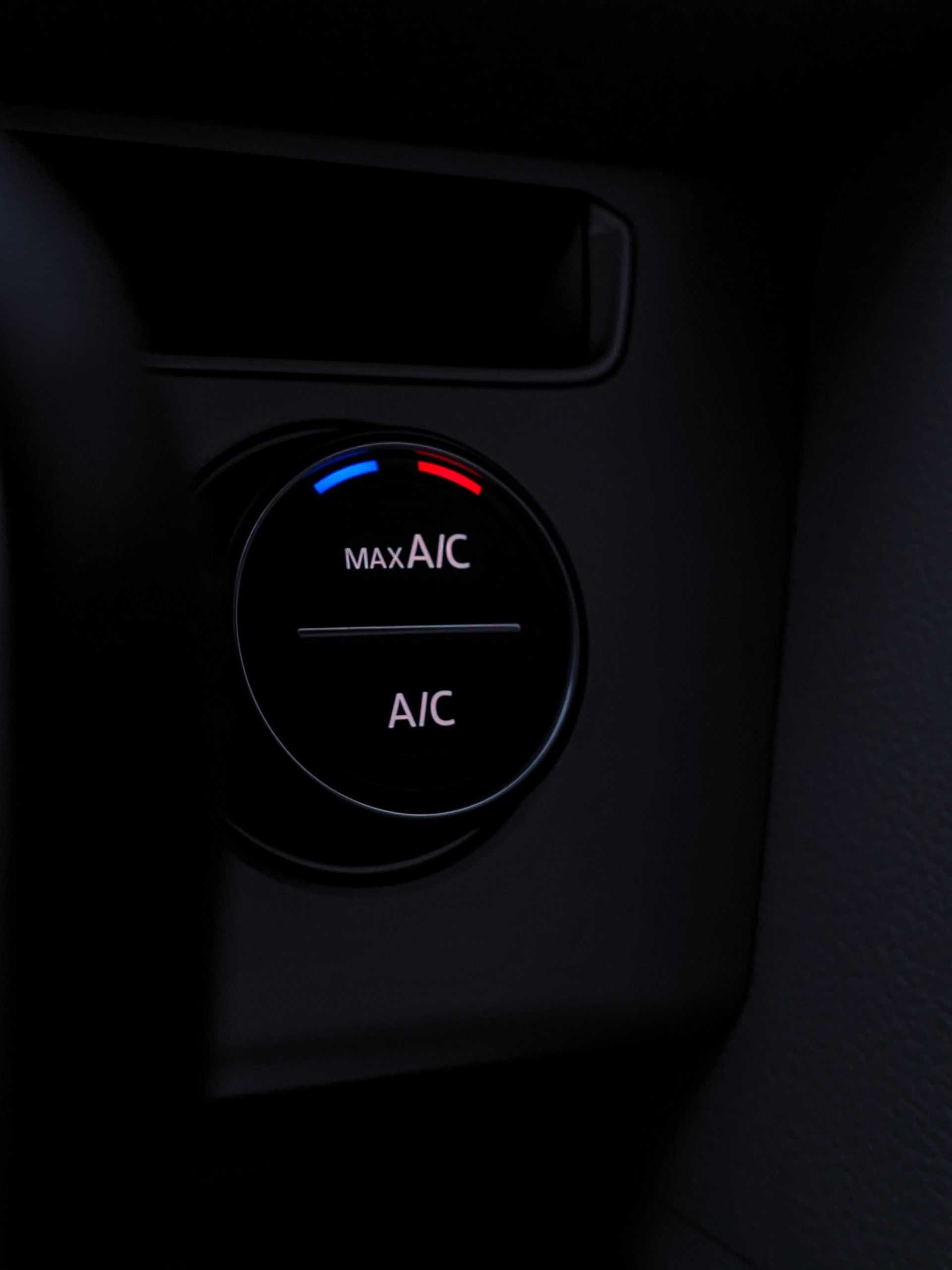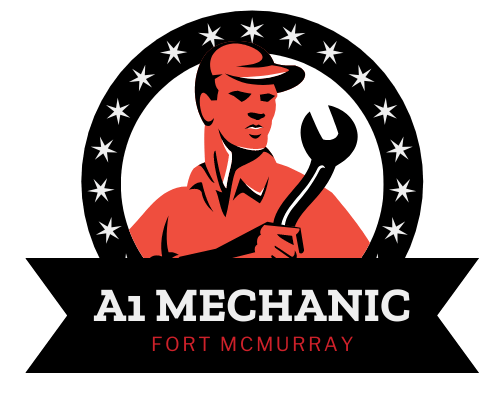Muffler Vs. Catalytic Converter: What's The Difference?
Muffler Vs. Catalytic Converter: What's The Difference?
Mufflers and catalytic converters are two of the most common components in automotive exhaust systems. The majority of vehicles come with a catalytic converter as well as a muffler. As with other components of the exhaust system, they are attached directly to engines. The combustion gases will leave the engine, and they'll go through the catalytic converter before leaving the tailpipe.
WHAT IS A MUFFLER?
A muffler can be described as a sound-dampening device. Internal combustion engines (ICEs) are quite powerful. They generate lots of noise when they are in their use. Your engine's noise will be a source of noise when it burns fuel and air. The muffler's role is to block this sound so that you can enjoy a more quiet driving experience.
Most mufflers comprise tubes and channels, a few of which have tiny holes. Gases from the exhaust will pass through these channels and tubes in which the pressure decreases. By reducing the pressure of gasses, the exhaust muffler can reduce the noise. The exhaust gases with high pressure produce more noise than low-pressure exhaust gases. The muffler functions by reducing the exhaust gas pressure in order to reduce the noise.
WHAT IS A CATALYTIC CONVERTER?
Catalytic converters are exhaust system components specifically designed to create more clean exhaust gasses. It converts harmful byproduct gases to less harmful gases. When exhaust gases depart from the engine, they are made up mostly of toxic byproduct gasses. The catalytic converter converts the gases into less harmful ones to ensure that they do not harm the environment.
It's known in the field as a "catalytic converter" because it makes use of the concept of a "catalyst" to perform this conversion. The catalyst usually consists of palladium or platinum and is coated with honeycomb-like structures. When they are exposed to the catalyst, exhaust gases like carbon monoxide can be transformed into carbon dioxide, nitrogen, and even oxygen.
DIFFERENCES BETWEEN MUFFLERS AND CATALYTIC CONVERTERS
While they're both components of the exhaust system, catalytic converters and mufflers are not identical. Mufflers are intended to lessen the sound of the exhaust system by decreasing the gas pressure that exhaust systems produce. Catalytic converters, on the contrary, are made to transform harmful byproduct gases into less harmful byproduct gases using catalysts.
The majority of states require that vehicles possess a functioning catalytic converter. Without a catalytic converter, it is unlikely that you will pass the emissions tests. Catalytic converters produce less pollutant emissions.
In addition, a muffler is generally required, too. The majority of states do not demand a muffler for vehicles; however, they do have noise regulations. If you are driving around without a muffler installed on your vehicle, you may break these rules.



